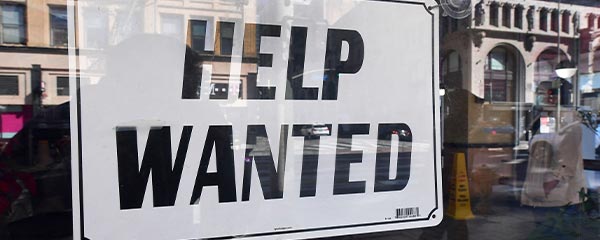Story Highlights
- U.S. K-12 workers have highest burnout level of all industries nationally
- Burnout gap between K-12 workers and all other workers has increased
WASHINGTON, D.C. -- More than four in 10 K-12 workers in the U.S. (44%) say they "always" or "very often" feel burned out at work, outpacing all other industries nationally. College and university workers have the next-highest burnout level, at 35%, making educators among the most burned out groups in the U.S. workforce.
These results are based on the Gallup Panel Workforce Study, conducted Feb. 3-14, 2022, with 12,319 U.S. full-time employees, including 1,263 K-12 workers.
Within the K-12 employee population, teachers are the most burned out, at 52%.
The Gap Between K-12 and All Other Industries Has Widened
K-12 workers have consistently been among the more burned out workers nationally, but the COVID-19 pandemic exacerbated existing challenges -- and introduced new ones to a profession already struggling. School openings and closures; parent and community member frustrations with school pandemic responses; and social, academic and mental health challenges students faced only furthered K-12 burnout.
In March 2020, when the pandemic first began, 36% of K-12 workers reported feeling burned out very often or always, eight percentage points higher than the 28% found among all other workers as a whole. But this gap has since nearly doubled, with 44% of K-12 workers now reporting they feel burned out very often or always, compared with 30% of all other workers -- a 14-point difference.
Burnout levels are higher among female K-12 workers than their male counterparts; however, this is consistent with all workers nationally. Still, male K-12 workers are significantly more burned out than their male peers working in other industries (38% vs. 26%, respectively).
Female teachers in particular are especially burned out, at 55%, with male teachers following at 44%.
Newer teachers also experience higher burnout levels than their more experienced colleagues.
Bottom Line
Teaching has always been a highly purposeful but challenging job -- relatively low wages in comparison to other public sector workers, working with students and navigating family/parent dynamics, and continuously evolving national and state-level policies have made for a difficult job. But the pandemic exacerbated these challenges and added new ones. In addition to the well-known problems caused by COVID-19, a growing number of states are navigating complicated political environments related to K-12 curriculum. And educators are experiencing the impact of that in conversations and interactions with parents and families.
The result is a workforce that is burned out and unfortunately leaving the profession at a high rate. Despite these challenges, many talented teachers nationally remain committed to helping their students and lifting their communities, and they need the support of principals, superintendents and other leaders to ensure that these high levels of burnout do not impact their practice or personal wellbeing. Gallup research confirms that burnout can be temporary and that managers and leaders can alleviate it, even amid challenging external environments. For teachers nationally, a focus on alleviating that burnout has never been more important.
To stay up to date with the latest Gallup News insights and updates, follow us on Twitter.
Learn more about how the Gallup Panel works.



